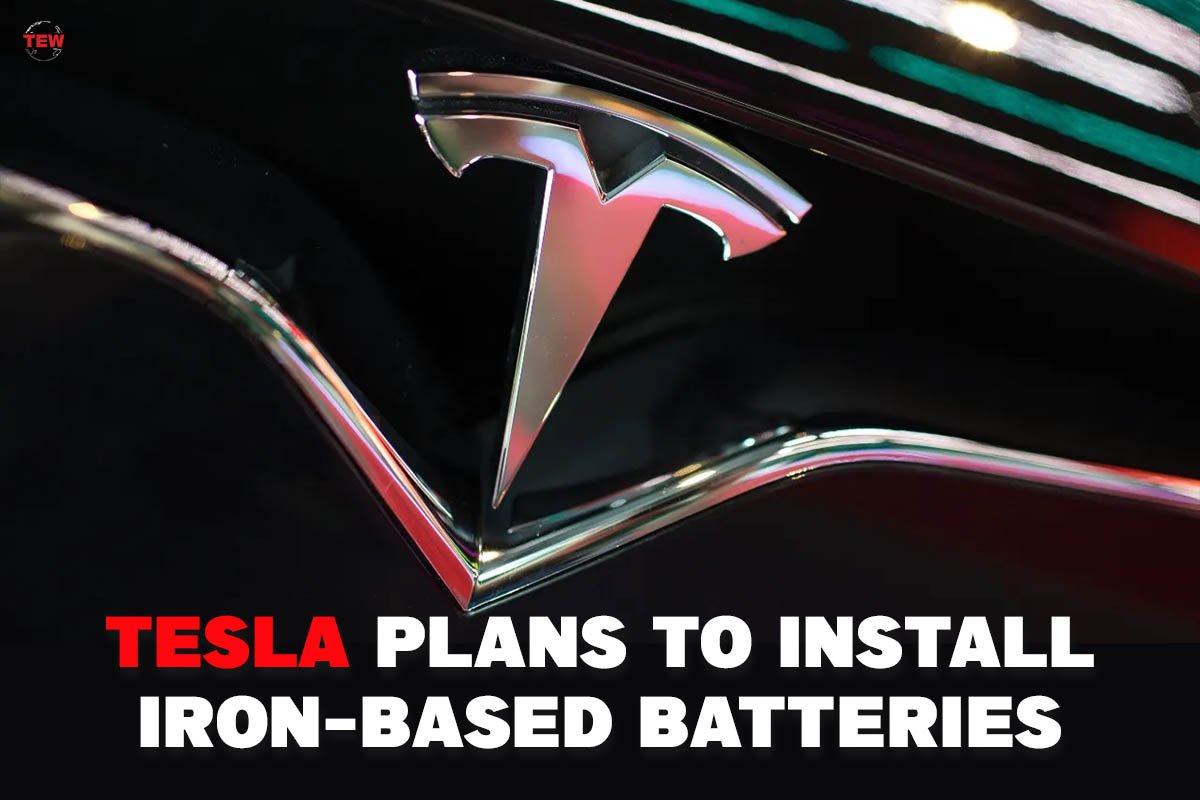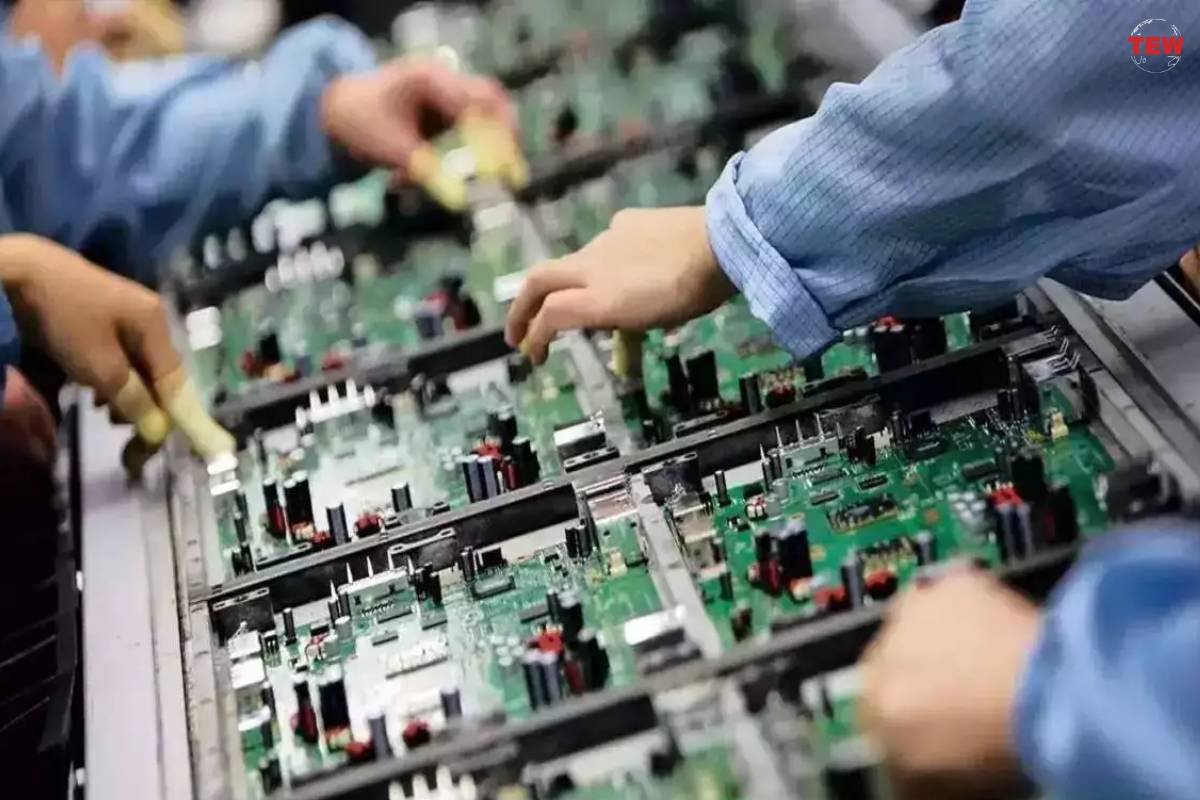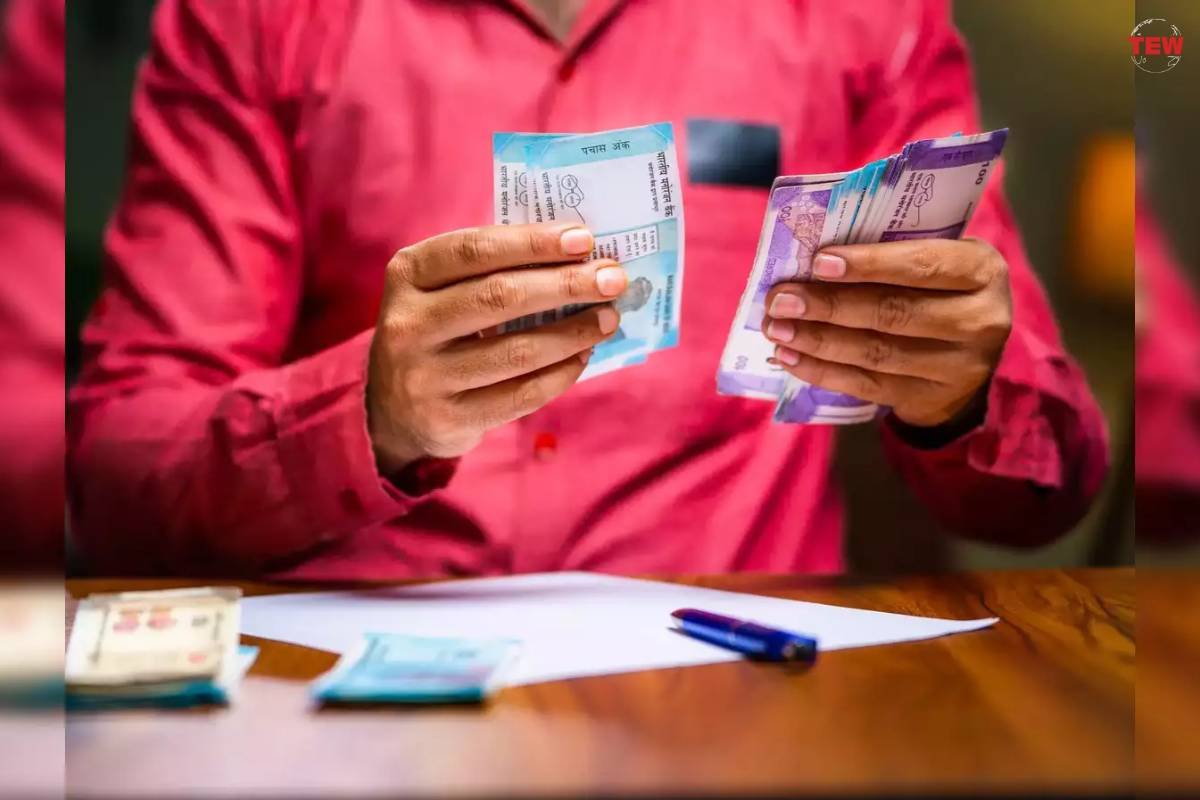According to reports, Tesla Inc. intends to use cheaper and less fire-risky Iron-based Batteries Installation in a semi-heavy electric truck and a version of an affordable electric car. Elon Musk, the CEO of Tesla, is quoted by Reuters as saying that “the vast majority of the heavy lifting for electrification will be Iron-based Batteries cells” and that he is a strong supporter of lithium iron phosphate (LFP) battery technology.
A Master Plan
Currently, Tesla uses nickel-based batteries, allowing semi-electric trucks produced by the business to go 500 miles on a single charge. The nickel-based batteries used in the Model 3 and Model Y vehicles have a 75 kilowatt-hour (kWh) capacity, as contrast to LFP batteries, which will only be able to carry 53 kWh.
Given the increased political tensions between the United States and China, convincing Chinese suppliers to develop factories in the United States may prove difficult. Although a launch date was not given, Tesla on Wednesday unveiled its “Master Plan Part 3,” which includes ideas for starting to use Iron-based Batteries Installation on short-range Semi light trucks. The business intends to offer a vehicle with a 300-mile range even though the most recent Semi electric truck, which was released in December, has a 500-mile range on a nickel-based battery.
Tesla’s Iron-based Batteries Installation
Why Iron-based Batteries?
The EV business also stated that the Model 3 and Model Y will eventually use LFP batteries to power their compact electric cars when they become available. Iron-based Batteries Installation is being considered by Musk and other LFP proponents primarily because it is less expensive and readily available.
These two factors offset disadvantages like the Iron-based Batteries’ heavier weight, lower capacity, and shorter range compared to nickel-based batteries. LFP batteries are now provided to Tesla by Contemporary Amperex Technology Co in China, while LG Energy Solution from South Korea intends to produce them in a potential factory in Arizona.





